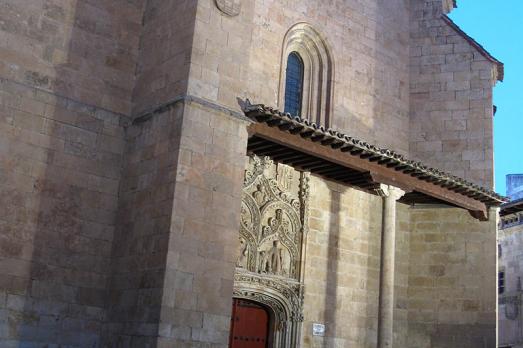
Iglesia de San Benito
Salamanca, ES
The church of San Benito is a Gothic catholic church of the twelfth century. The building is, with its historic district, a World Heritage Site.
Here you can search for a building to visit. You can use the map find destinations, or you can use the filters to search for a building based upon what different criteria.

Salamanca, ES
The church of San Benito is a Gothic catholic church of the twelfth century. The building is, with its historic district, a World Heritage Site.

Valencia, ES
The church of Sant Esteve is one of the oldest in the city. Consecrated in 1238, it occupies the site of a mosque.
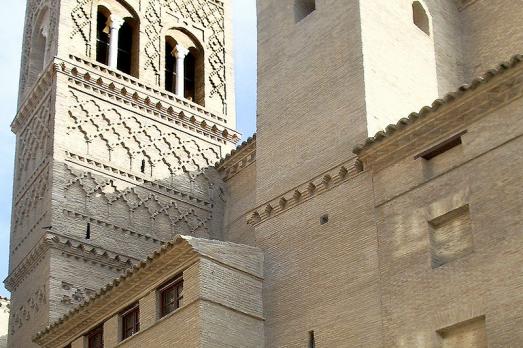
Zaragoza, ES
The church of San Gil is a church built in the 14th century in a Mudejar style with baroque restructures carried out in the 18th century. It is classified historical heritage of Spain since 1967.
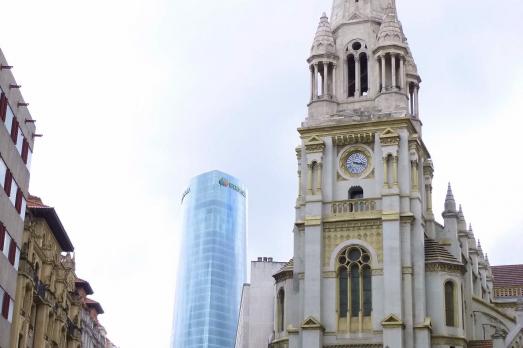
Bilbao, ES
The Church of San José was inaugurated in 1918 on the initiative of the Augustinians. The neo-Gothic building stands on the site of an older convent (16th century).
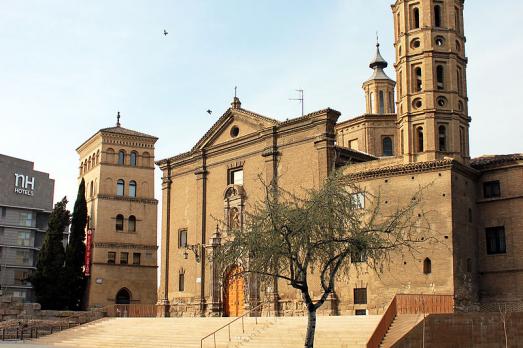
Zaragoza, ES
The Church of San Juan de los Panetes is a Baroque church listed as a national monument. Its construction was completed in 1725, in replacement of the destroyed church of the Order of Saint John of Jerusalem.
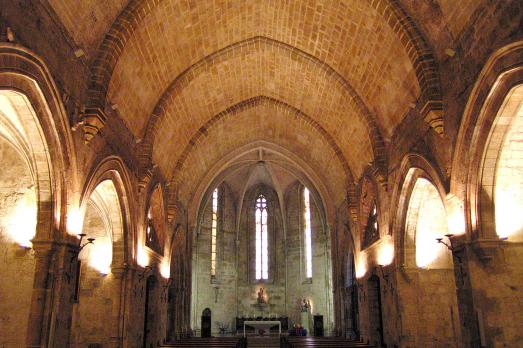
Valencia, ES
The temple of San Juan del Hospital was built in the 13th century for the Military Order of the Knights Hospitallers of Saint John of Jerusalem. Romanesque as well as Gothic features can be found in its structure.
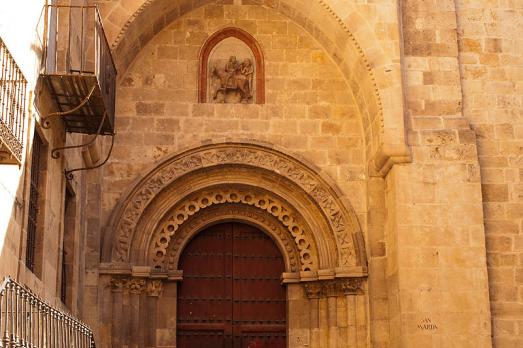
Salamanca, ES
The church of San Martín is a Spanish Romanesque church built on a chapel dedicated to San Pedro in the twelfth century. It was declared a National Historic and Artistic Monument in 1931.
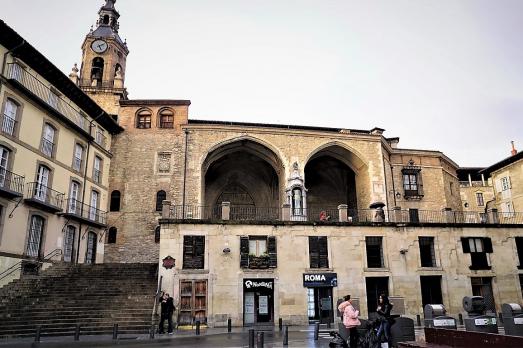
Vitoria-Gasteiz, ES
The church of San Miguel Arcángel is a Gothic-Renaissance temple built mainly in the 14th century. The oldest part dates from the end of the 14th century and the beginning of the 15th century and includes the portal, the best-preserved part of which is the tympanum in three parts. Later, in the 15th century, in the Basque Gothic style, the round columns with collared capitals, the vaults and the Puerta del Solar were built. The most outstanding part of the interior is undoubtedly the main altarpiece, a magnificent early Baroque work by Gregorio Fernández, who executed it between 1624 and 1632.
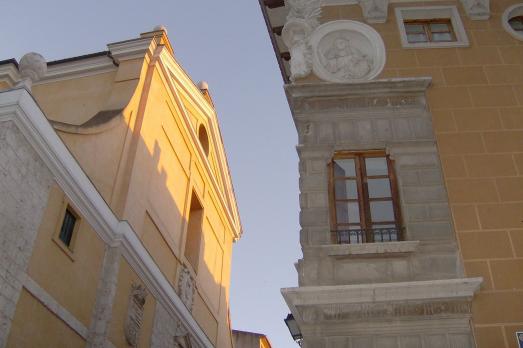
Valladolid, ES
The church of San Miguel and San Julian, built in the late 16th century, is an excellent example of Jesuit architecture, a congregation to which it belonged until 1767.
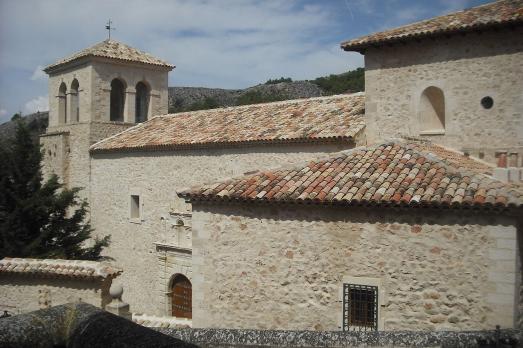
Cuenca, ES
The church of San Miguel must have been built in the 13th century, with a very simple structure consisting of a masonry nave covered with a wooden frame, a semicircular apse and a tower at the foot. In the 15th century, another nave was added to the church on the north side, which was also enclosed by a Mudéjar coffered ceiling. In the 16th century, the choir of the church underwent a major remodelling, in which Esteban Jamete and the master stonemason Pedro de Yrízar were involved. The dome, designed by Jamete, is oval and decorated with floral motifs.

new
The Chassidic Route is a cultural and historical trail tracing the rich legacy of Jewish communities in southeastern Poland and western Ukraine. This region was central to the rise of Chassidism in the 18th century. Here, we highlight 10 remarkable synagogues you’ll discover along this route.

he cradle of the Industrial Revolution in Germany, Chemnitz, is well-known for its industrial heritage landscape, but the city is also home to remarkable examples of religious architecture from different historical periods. Join us as we explore the key landmarks of this European Capital of Culture 2025.

The twin towns of Nova Gorica (Slovenia) and Gorizia (Italy), lying on the border between the two countries, have a rich religious heritage, steeped in centuries of tradition. If you are looking for ideas for your visit, take note of these 10 religious sites that you should not miss.